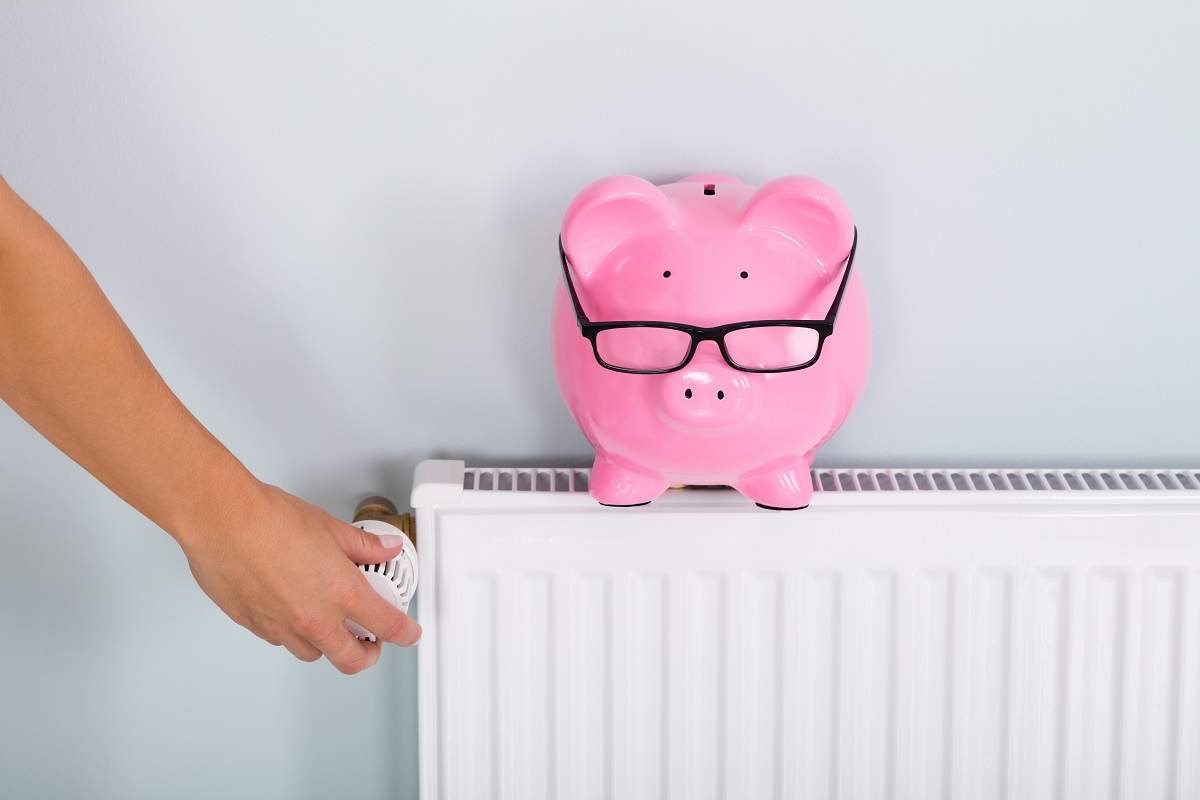5 Easy Ways to Reduce Your Heating Bills
5 Easy Ways to Reduce Your Heating Bills
Saving energy is important for protecting the environment, plus, it can have a significant impact on your bank balance too. When trying to reduce your energy consumption at home, people often think of big projects, such as installing cavity wall insulation. However, this type of project can be expensive and time-consuming. However, there are smaller, more manageable changes that you can make to reduce your heating bills such as merely switching your light bulbs to more energy-efficient versions. In this post, we’ve put together five straightforward tips to reduce your heating bills that anyone can follow.

We often think of energy bills as the cost of the fuel to keep our buildings warm. However, there is another way to look at this; we are not just buying fuel we are paying for the heat that is lost. As soon as you reduce the heat lost from a building, your heating bills decrease. Preventing heat loss from a property does not have to be a major project, and these are simple measures that anyone can take.
Carefully Monitor Your Heat Requirements
Do you have your heating set at the same temperature all the time? Have you tried decreasing it by 1 degree to see how it feels? By considering what temperature your home needs to be, you could reduce your heating bills without even noticing. A 1-degree drop on your thermostat could cut your heating bills by up to 10% per year.
If you keep your home at a constant temperature and have periods of increase when you need it, this is a lot more energy-efficient. For example, when you wake up, you may want the house to be warm, but while you are sleeping the temperature of the home can be lower.
Learn how to use your heating thermostat effectively, so you are only using the heating when you need it. If you have some rooms that are not regularly used, make sure these are not being kept unnecessarily warm. Fitting radiator valves is an excellent way of controlling the heating in each room around the home.
Draught Proof
Buildings need ventilation, but gaps and cracks around windows and in walls result in heat loss. Carefully pay attention to your windows, doors and walls and note down any gaps where you can see daylight passing through. As quick temporary measure gaps can be covered with sticky tape. For a more permanent solution, you can buy foam fillers and sealant to prevent heat loss.
A badly fitted front door may need replacing and this is easier than you think. Developments in modern materials have enabled the production of composite doors that have built-in insulation properties. Composite doors are manufactured to be set into the frame which ensures a snug fit and no draughty gaps. To make your new front door, even more, draught-proof you can fit an external letterbox.
Use Windows Wisely
Windows in our homes are one of the main areas where heat is lost. As the thermal insulation properties of glass is a lot less than brick, using windows wisely can help reduce your heating bills. On a sunny day, make the most of the natural heat of the sun and open your curtains and blinds as much as possible.
At sunset, when the temperature drops close your curtains and blinds to prevent heat loss out of the home. As a further insulation method, you could purchase thermal curtains with a lining that prevents heat from escaping and creates a cosy environment.
Reflect Heat Back
As radiators are often installed to exterior walls, heat is lost from behind them. A remarkably simple way to reduce your heating bills is to stick tin foil behind the radiators. If you face the shiny side of the foil towards to radiator, this reflects the heat back into the room.
For a more sophisticated solution, you can purchase Radflex, which claims to reflect 95% of wasted heat back into the room.
Keep Radiators Clear
As a source of heat in most of our room’s, radiators are an obvious choice for drying clothes and towels. Covering radiators, however, blocks out the heat needed to warm up living spaces. You may get a nice warm towel, but you are preventing the radiators from heating the rest of the home and wasting energy. The best solution is to invest in a drying rack. These can be placed near the radiator to let the warm air flow into the room and dry clothes at the same time.
Also, consider removing any bulky items or furniture away from radiators. Plan your living room, so the radiator has clear space to circulate heat and is not stuck behind a sofa.
Start Today to Reduce Your Heating Bills
Get your sticky tape out now to cover up cracks and gaps and fix foil behind your radiators. Close your curtains at sunset and decide what style you want for your new front door. All these easy steps will add up to cost savings for you and help save the environment.

